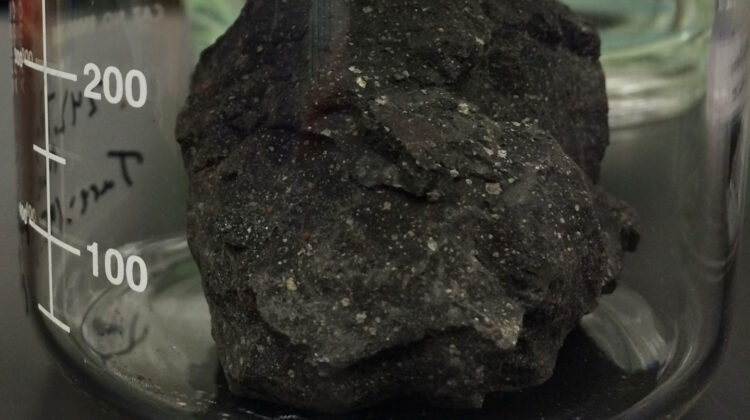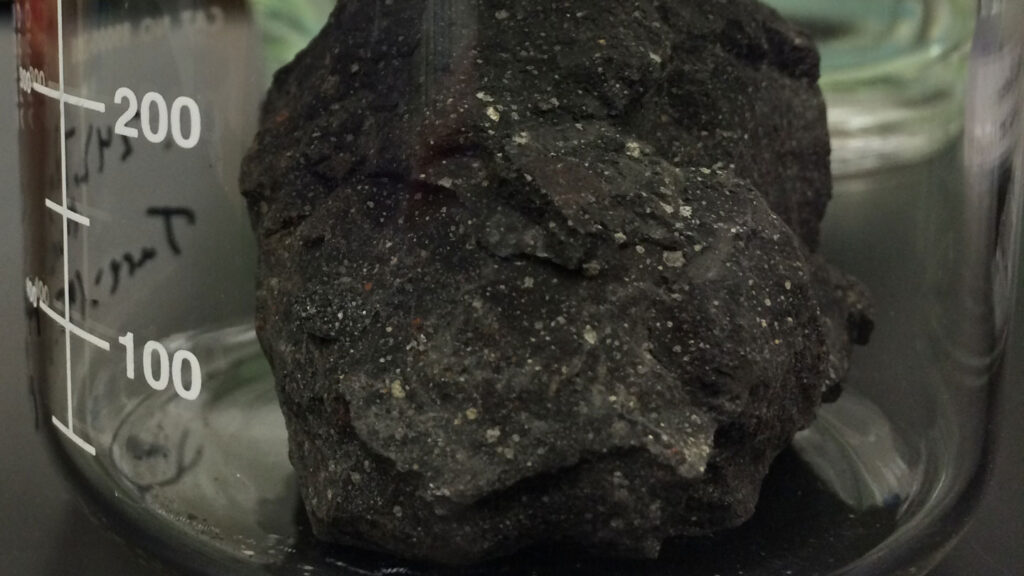
In a groundbreaking discovery, scientists have identified all five nucleobases responsible for storing information in DNA and RNA in meteorites that fell to Earth within the last century. These nucleobases – adenine, guanine, cytosine, thymine, and uracil – are the fundamental building blocks of the genetic code for all life on Earth.
The findings, published in Nature Communications on April 26, add to the growing body of evidence that life’s precursors may have originated in space. While it’s still debated whether these basic ingredients for life emerged from celestial sources or through a terrestrial chemical process, this revelation underscores the possibility of an extraterrestrial connection.

Since the 1960s, scientists have detected adenine, guanine, and other organic compounds in meteorites, with hints of uracil. However, cytosine and thymine remained elusive until now.
Astrochemist Daniel Glavin of NASA’s Goddard Space Flight Center in Greenbelt, Md., stated, “We’ve completed the set of all the bases found in DNA and RNA and life on Earth, and they’re present in meteorites.”
A few years ago, geochemist Yasuhiro Oba of Hokkaido University in Sapporo, Japan, developed a technique to extract and analyze chemical compounds within liquified meteorite dust with higher sensitivity than previous methods. In 2019, they discovered ribose, a sugar essential for life, in meteorites.
The recent study saw Oba and his team collaborate with NASA astrochemists to use their sensitive extraction technique to investigate nucleobases in meteorite samples from Australia, Kentucky, and British Columbia. These meteorites fell to Earth decades ago and provided valuable insights into the presence of adenine, guanine, cytosine, uracil, and thymine, along with various compounds related to these bases and a few amino acids.

To determine the compounds’ origin, they compared chemical abundances in meteorites to those in the surrounding soil. While meteorites exhibited greater values for some compounds, indicating an extraterrestrial origin, others, like cytosine and uracil, were up to 20 times more abundant in soil, possibly hinting at contamination from Earth.
Although some scientists remain skeptical, Glavin and his team pointed to the presence of specific isomers in meteorites but not in soil as supporting evidence for an extraterrestrial connection. Isomers have the same chemical formulas as their related bases but differ in their structural arrangement.
For a more definitive answer, scientists anticipate that directly investigating pristine asteroids – the source of such meteorites – may provide more clarity. Oba’s team is already applying their extraction technique to samples from the asteroid Ryugu, while NASA’s OSIRIS-REx mission is set to return with asteroid Bennu samples in September 2023.
Excitement abounds in the scientific community as researchers eagerly await the stories these celestial materials have yet to reveal.

Leave a Reply